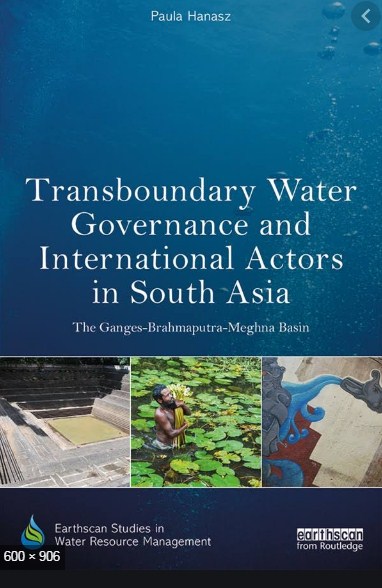
Transboundary water governance and international actors in South Asia [333.916209541]
by Paula Hanasz
- Publisher: Routledge - 2018
- Subjects:
Water supply management
Water issue
- Call No. : 333.916209541 HAT
- Accession Number(ACC): 6775